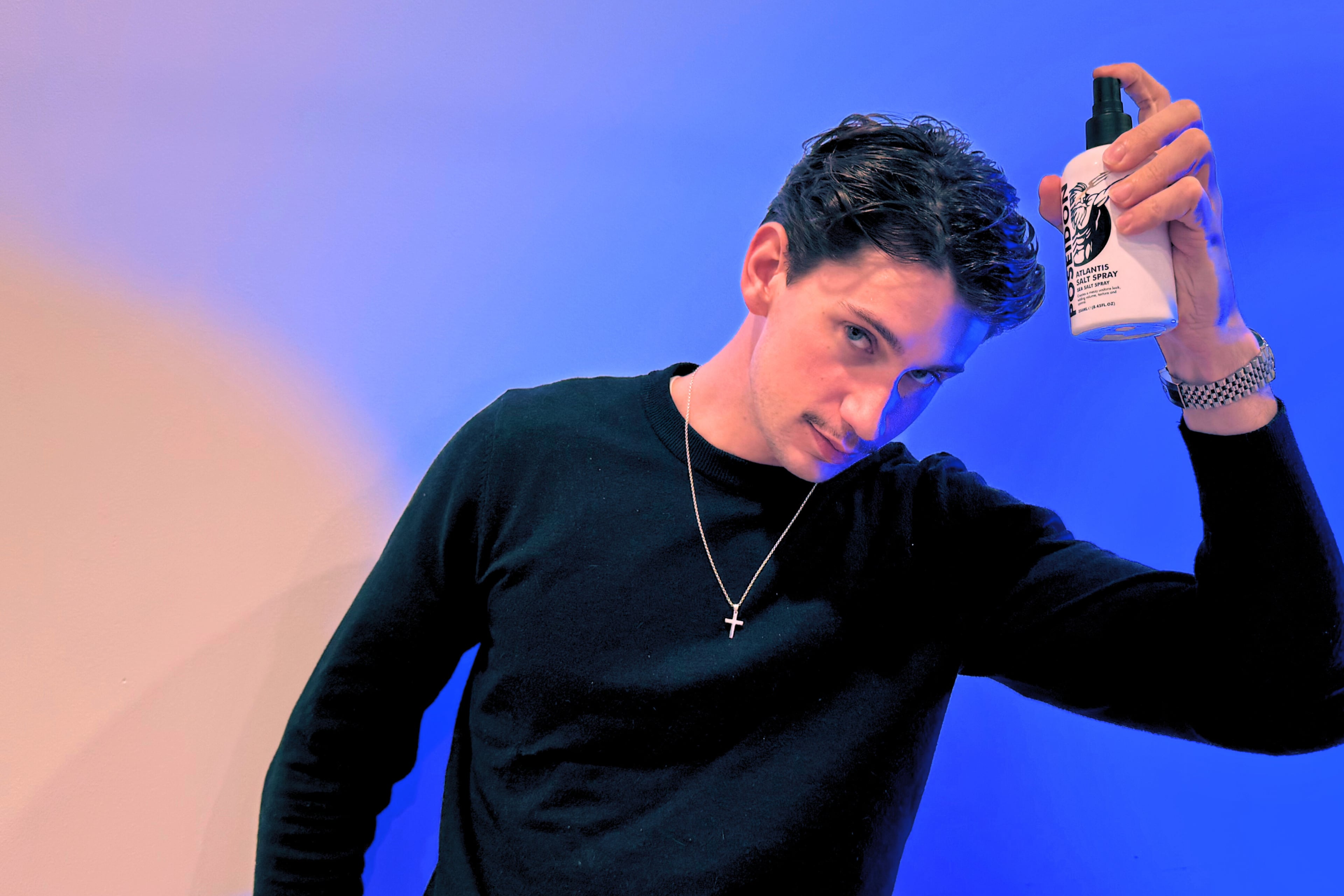Your PhD research is about how carbonate crystals form, what are carbonates?
Carbonates are a group of rock-forming minerals. They include calcium carbonate, which is abundant in Ireland, these minerals are in marble and limestone, and we see a lot in The Burren, for instance. Calcium carbonate is also important in biology, it’s part of protective structures such as chicken eggs and sea shells.
Why is your research looking at how these minerals form?
Carbonates are important to understand for a few reasons. One is that calcium carbonate is widely used in industry, in making paper, paint, plastics and coatings, for example, and different applications use different particle sizes and structures of the mineral, so that is one application of the research.
READ MORE
Carbonates are also of interest as potential ways to store carbon, taking it out of the atmosphere. So rather than storing carbon dioxide in gas or liquid forms, it could be locked in as part of the carbonate mineral.
So we could take carbon out of the atmosphere and stick it into rocks?
Yes, that’s the idea. In theory, incorporating the carbon into new or existing rocks would lock it up for a long time. This might work especially well if we use basaltic rocks as a host because they contain so many spaces, they are like sponges. My group in Trinity and iCrag, the Science Foundation Ireland Research Centre in Applied Geosciences, is looking to understand how carbonate minerals form under various conditions, such as different temperatures and surrounding chemistry. Knowing more about this means we can find out what works best for creating these carbon-storage minerals.
Much of your PhD has been carried out during the Covid-19 pandemic, how did that affect your work?
Covid-19 lockdowns happened just as I was about to start an intense period of work in the lab. I had already done a lot of reading for my project so I started doing science communication and outreach work at home. From that, I was invited to be an outreach officer and and early-stage researcher on a project called PoRoClim, which looked at the seabed beneath Porcupine and Rockall basins to measure the pace of deep-time climate change.
That sounds like an adventure, what did it involve?
We went out on the Irish research vessel the Celtic Explorer to study a section of the ocean crust in the North Atlantic that stretches out from Scotland and Northern Ireland towards Greenland. Around 56 million years ago, volcanic activity and huge lava flows in this region released carbon dioxide into the atmosphere, and the global temperature warmed by 5-8 degrees over a period of about 200,000 years, which sounds long to us but is a blink geological time, and then the temperature cooled again. The PoRoClim project is looking to understand more about those processes.
How were your sea legs?
We encountered a few storms, and we had to turn back the ship and take refuge in bays a couple of times. Thankfully I have been a sailor my whole life, so I was okay, but it was spectacular.
What has your favourite element of research been to date?
Outreach, particularly about climate. I would like to continue working in it, whatever my career is in the future.
Speaking of which, you are writing up your thesis at the moment, what do you think might be next for you?
Once the PhD is finished I plan on taking a holiday, then I think I would like to work in industry, maybe work with companies that are doing carbon capture and storage. It would be really cool to see the kind of research I am doing now being implemented in that area.













